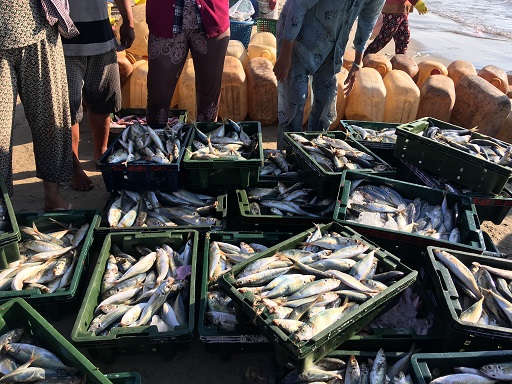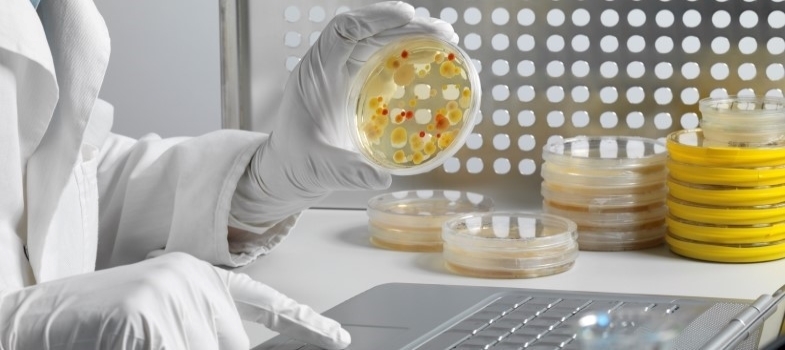5.2 Choosing animals to sample for AMR
The first step to sampling for AMR is to determine the target population. When deciding on the target population, both species and type of farming system should be considered. Intensive poultry systems may have different levels of AMR from free-range village chickens, for example. When resources are limited, consider prioritising the species most commonly consumed as a human food source.
Other factors to consider are surveillance objectives and which products to sample. If the objective is to provide data for an analysis of the risk of human infection by resistant bacteria through consumption of animal products, and if resources are limited, prioritise the animal part that is most commonly consumed. Often this is muscle meat, but in some communities, products such as liver and other offal are popular. If the objective is to estimate the prevalence of resistant bacteria carried by layers in a country, potentially contaminating eggs, handlers and the environment, then faecal or cloacal samples would be the most appropriate.
Consider the most appropriate sampling unit. Sampling at farms allows for collecting detailed data on location, farm management practices, AMU on the farm and other contextual data in addition to collecting samples for bacterial isolation. However, farm-level surveillance is resource-intensive, and sampling frames are often unavailable. Sometimes, effluent from slaughterhouses is sampled. This is an efficient way to sample animals at the point that they enter the food chain. The main disadvantage of this is that additional contextual data are not readily available, because it is not possible to trace isolates identified in effluent to specific farms. Sampling of meat or fish products at markets can also be conducted. Compared to sampling at slaughterhouses, it may be more time consuming to take samples of meat products, and there are similar limitations when there is a lack of traceability of animal products back to the farm where they originated. For aquatic species, environmental samples can also be used to investigate resistance patterns in certain bacterial species. However, it can be difficult to determine the source of resistant pathogens because of the presence of integrated farming and run-off.
Lastly, also consider the production stage of the animals to be sampled. Animals that have lived longer will be more likely to carry resistant pathogens.

5.1 The purpose of sampling animals for AMR




